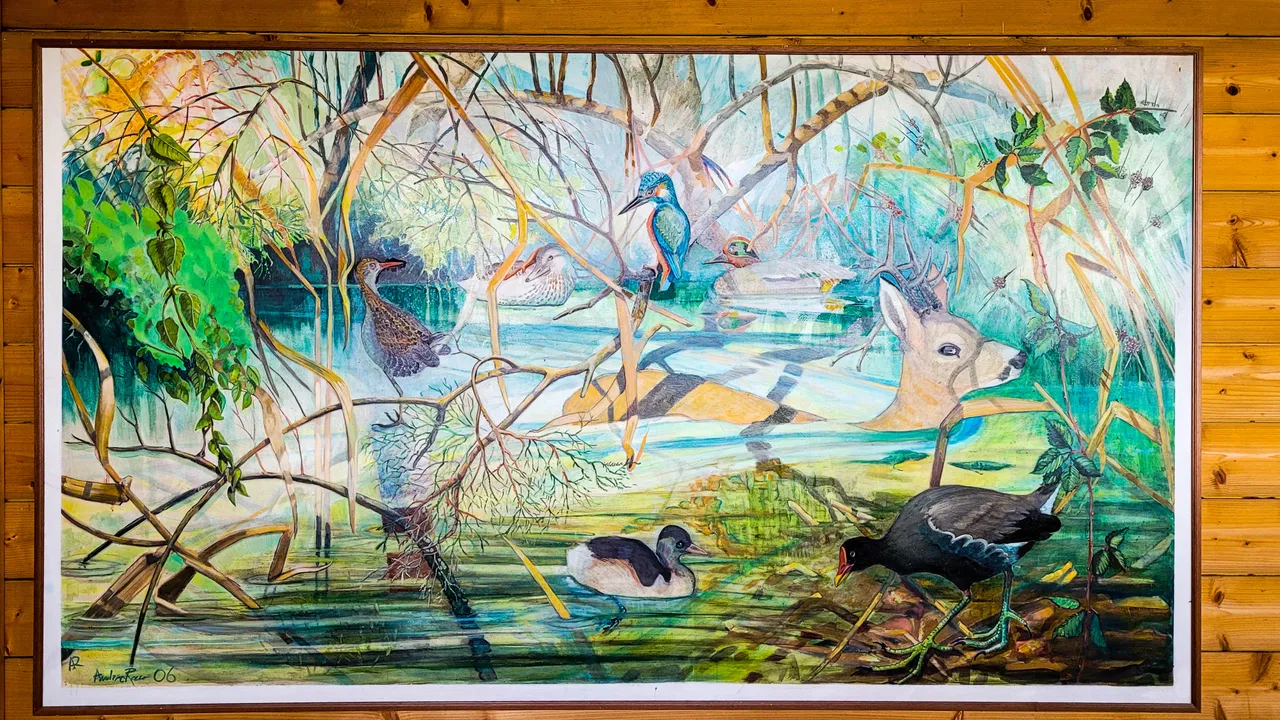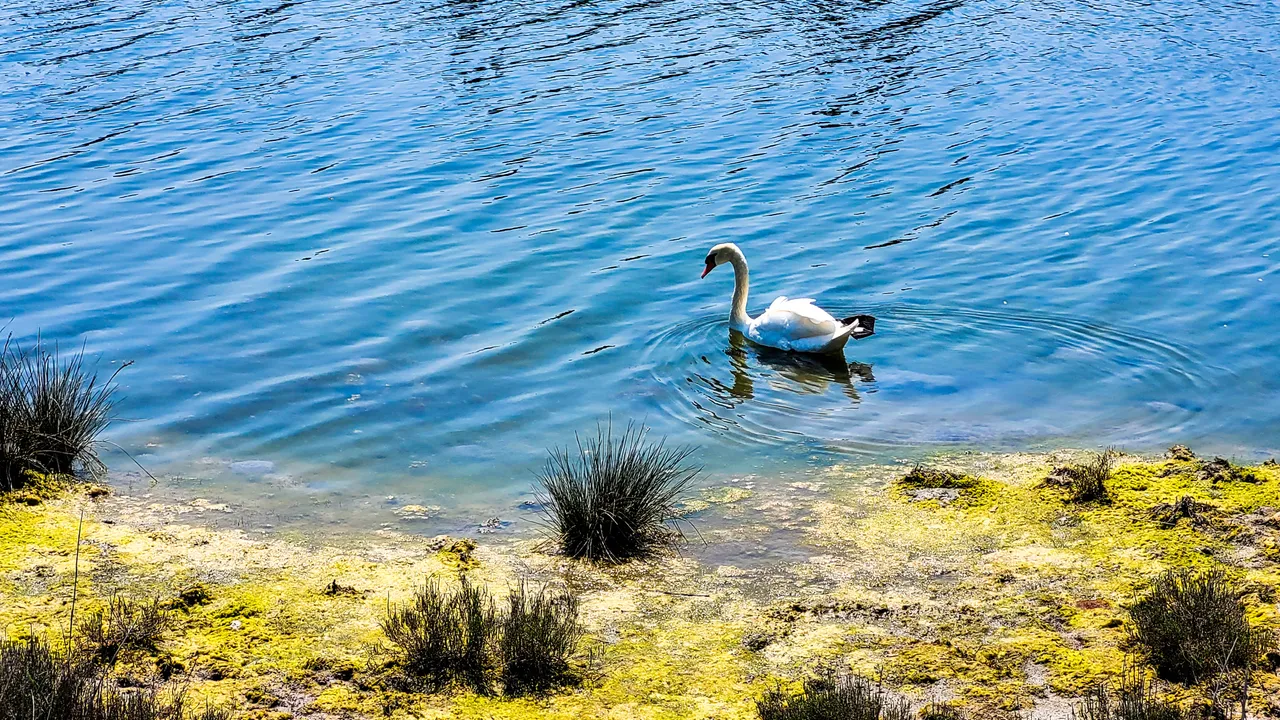Looking through my window, I see rain, grey clouds, and a strong wind, and it is almost unbelievable. April in general is a very unpredictable month, and the weather is traditionally very capricious. But what happened this year was out of every prediction. Although at the moment we have very cold weather with temperatures around 5–10 degrees Celsius and the higher peaks are covered with snow. Less than two weeks ago, we were cycling along the seashore and it was almost 30 degrees Celsius. It was pure summer weather. We knew it wouldn't last for a long time, that is why we took the opportunity for our first seaside cycling of the year.

As you have most probably already noticed, I love cycling, especially on easy cycling routes along the coast. Today's post is about our cycling route between the city of Grado in Northern Italy, and the point where the Isonzo River meets with the Adriatic Sea.










Grado, a seaside resort in the north of Italy in the Friuli-Venezia Giulia region, is a beautiful destination that I adore. I have already written about the town itself in one of my previous posts. Our cycling tour that we do every spring and autumn starts in the town of Grado and stretches all along the seaside to the delta of the Isonzo River. It is not a circular trip, but it is all on very plain terrain, which makes it ideal for easy family biking. In total, it is around 46 kilometers.



 |  |
|---|
 |  |
|---|


In general, we park our car in one of the parking lots around the city and start cycling from there. The first part goes on the edges of the town, along a nice canal overlooking some of the hotels and residential buildings. This part of the trail is not along the seaside, but only after a short ride we turn right and reach the long sandy beach of Grado. It is a large and sandy beach with a very shallow sea, and unfortunately, the water is not the cleanest.





There are many hotels and many bars along our route along this beautiful sandy beach. Here is the ideal location for a quick stop for a great Italian coffee.

From this point on, the cycle path continues along a shallow lagoon. The route is laid out in such a way that at one point you approach the sea, and then you move away from it again. The route also takes you past some campsites around Grado.




Slowly, we arrived at the nicest part of the trail when we entered the Regional natural reserve of Valle Cavanata. The reserve is located in the eastern part of the Grado lagoon. Back in the 1950's, the area was transformed into a fish-rearing area by the use of adjustable sluices in communication with the sea. The shallow waters of the lagoon and the communicating sluices created fish-rearing ponds, and the area was used for fish farming up until 1995.


Today, the area is a beautiful protected natural reserve that is home to numerous waterbirds and has excellent potential as a stopover and nesting site for many bird species. Over 260 bird species have been reported thus far.






We’ve visited the area in spring and autumn, and personally, I do prefer it in the spring since the vegetation is vibrant in color and the bird singing is truly amazing. Along the way, there is also a bird observation point where you can stop and admire the beauty of the lagoon.

 |  |
|---|
 |  |
|---|
 |  |
|---|
There is a small visitor center on the way. There are also some wooden benches and tables where you can relax and have a picnic if you wish. And you can also rent a bike here if you need it.




The trail goes along the reserve for quite a stretch, and you can admire nature from different perspectives.






As we are approaching the Isonzo River, the cycling trails go on an elevated part of the beach, so you can see the Grado lagoon on one side, and in front of you you can see the outline of Manfalcone city.











We reached half of our cycling trail at a small village called Punta Sdobba. When we arrived there for the first time, it was quite a surprise. You have the impression that you arrived in a ghost village, but then you realize that there are some people, and it looks like they are living there. After a while, I did some quick research on the web to find out what that village is and what is the story behind it. Honestly, I couldn't find much, mostly because I believe there is not much to say. I found out that this was (and still is for some 15 inhabitants) a fishermen's village that was constructed in 1930. There are small brick houses, all of the same shape, and it looks like they were very modest and simple houses. There is a small harbor where fishermen still keep their boats, but, as said, it looks more or less abandoned.



From here we walked along a short footpath all the way to the mouth of the Isonzo River, or to be more precise, to one of its branches. Here, nature is truly beautiful and untouched. The colours are absolutely fantastic, the intense green of the plants matching perfectly the emerald colour of the Isonzo. I wanted to climb the wooden lookout tower, but unfortunately this was forbidden for the safety of visitors due to the tower's condition. Nevertheless, the lookout tower was absolutely beautiful.



 |  |
|---|

From this point on, we took the same route back to Grado. The day was sunny and very warm, so many decided to go sunbathing and take walks in the shallow sea.



 |  |
|---|



Grado is also a preferred spot for kite surfing.



We relaxed a bit in the shadow and enjoyed a glass of Aperol Spritz. A day full of vitamin D and positive energy is just the right doze to survive “the return of the winter” that we are facing right now.

Thanks for reading,
feel free to leave a comment, I will be glad to reply to.
Best regards, @miljo76

